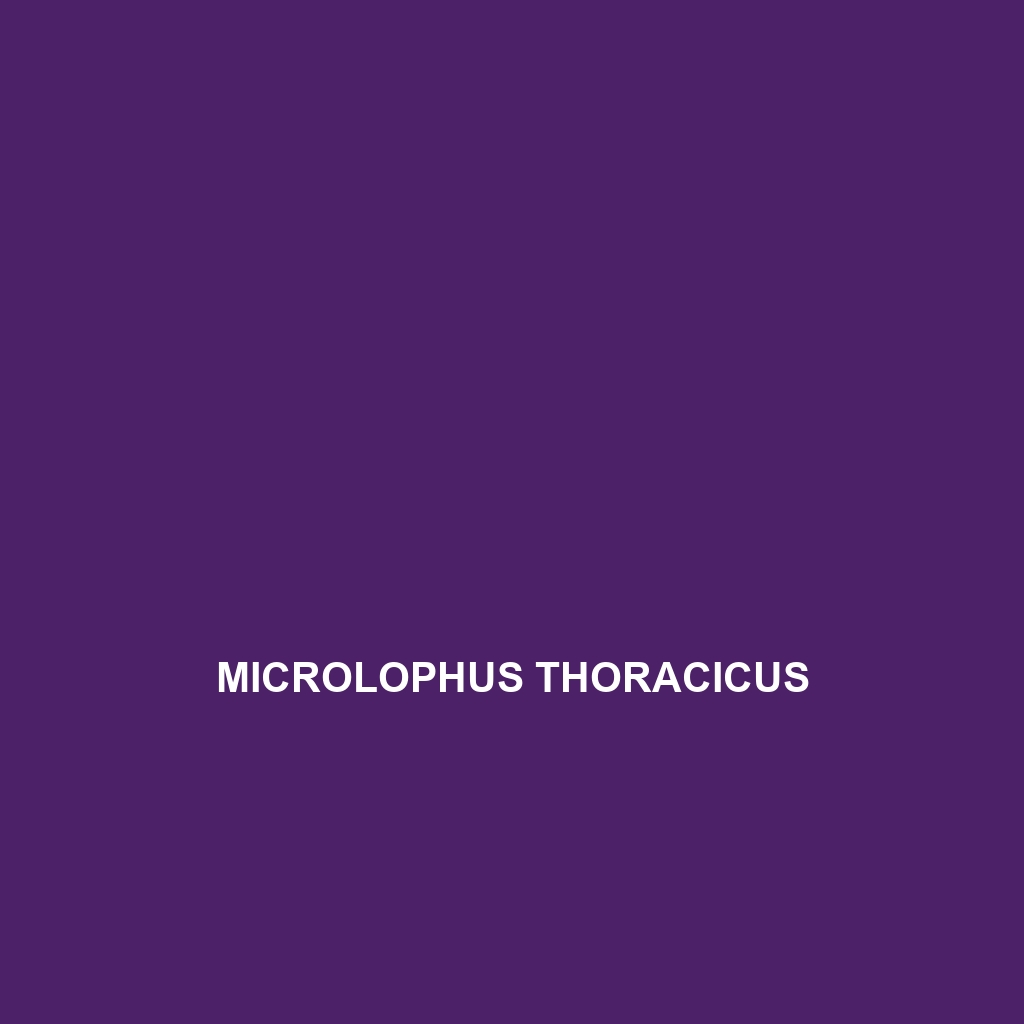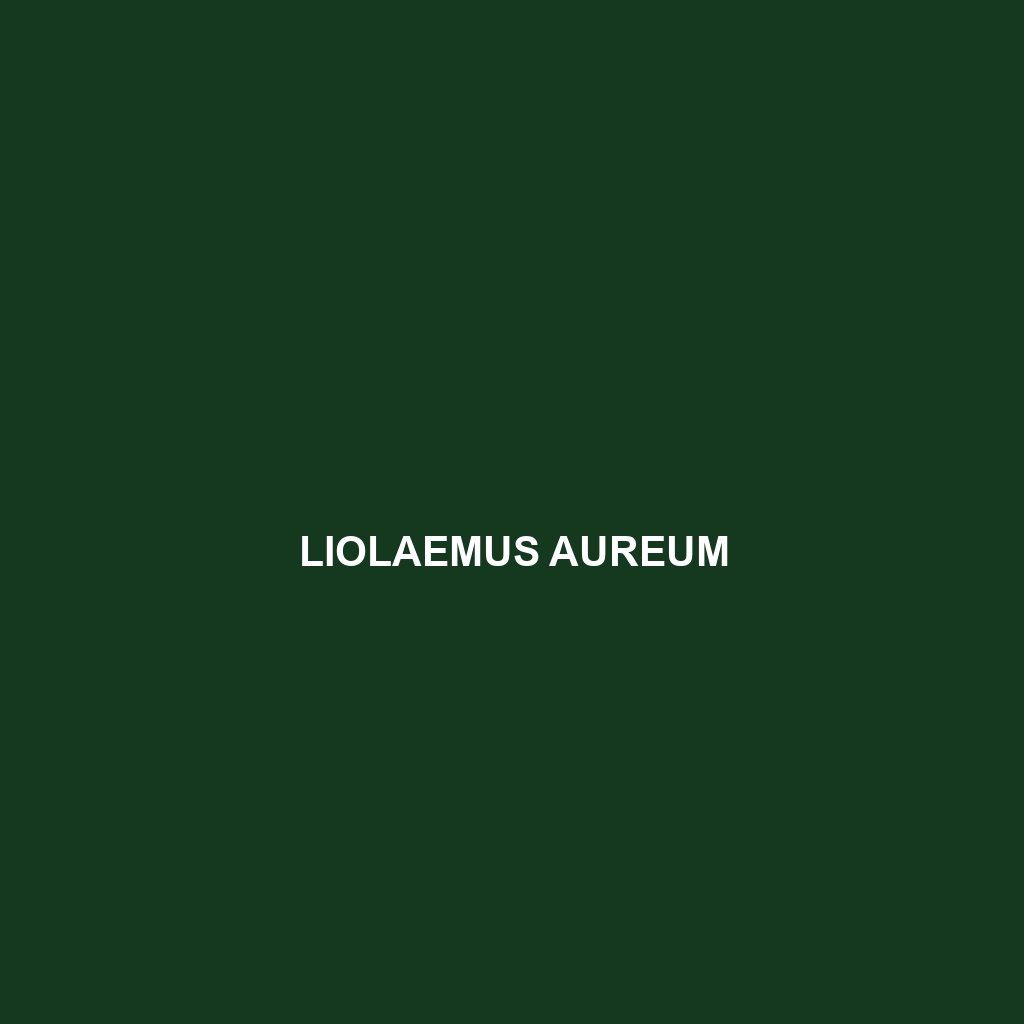Discover the vibrant Pedioplanis rubens, a striking lizard native to the savannas and grasslands of southern Africa, known for its vivid red and orange coloration, swift movements, and nocturnal behavior. This insectivorous species plays a vital role in its ecosystem, helping to control insect populations while serving as prey for larger predators.
Tag: lizard mating displays
Microlophus thoracicus
The <b>Microlophus thoracicus</b>, or thick-throated lizard, is a robust species native to the arid regions of the Galápagos Islands, known for its distinctive thickened throat and vibrant coloration in males during mating season. This omnivorous reptile thrives in rocky environments, playing a crucial role in the local ecosystem by controlling insect populations and aiding in plant reproduction.
Mesalina austroarabica
<b>Mesalina austroarabica</b>, a resilient lizard native to the arid regions of the Arabian Peninsula, adapts seamlessly to extreme temperatures and sandy environments. With a diet primarily composed of insects and distinct mating displays, it plays a crucial role in maintaining ecological balance while exhibiting remarkable physical and behavioral traits that enhance its survival in harsh habitats.
Liolaemus inacayali
The Liolaemus inacayali, also known as the Inacayali lizard, is a vulnerable species native to the temperate forests and grasslands of Argentina's Andes, characterized by its elongated body, vibrant dewlap, and insectivorous diet. This diurnal lizard exhibits unique adaptations for survival in harsh climates, including burrowing behaviors and incredible camouflage capabilities.
Liolaemus aureum
Introducing the Liolaemus aureum, a striking medium-sized lizard known for its vibrant yellow coloration and adaptability to diverse South American habitats. As a diurnal insectivore, it plays a crucial role in controlling insect populations while showcasing fascinating behaviors during its seasonal breeding cycle.
Draco quadrasi
The Draco quadrasi, commonly known as the flying dragon, is an arboreal lizard native to the tropical rainforests of Southeast Asia, recognized for its remarkable gliding ability and vibrant dewlap used for communication. This insectivorous species plays a vital role in controlling insect populations and maintaining ecological balance within its habitat.
Crotaphytus insularis
The Crotaphytus insularis, or insular collared lizard, is a vibrant, agile reptile native to the arid regions of the southwestern United States and northern Mexico, known for its impressive size of 8 to 10 inches and distinctive color-changing ability. This insectivorous species plays a crucial role in its ecosystem by controlling insect populations and serving as prey for larger animals.</p>
Cercosaura pacha
Cercosaura pacha, also known as the "Rainbow Lizard," is a small to medium-sized lizard native to the tropical forests of South America, particularly the Amazon Basin. With its vibrant coloration, agile behavior, and a diet primarily consisting of insects, this species plays a vital role in maintaining the ecological balance of its humid habitat.
Calotes nigriplicatus
<div class="woocommerce-product-details__short-description"> <p>Discover the fascinating <i>Calotes nigriplicatus</i>, a vibrant lizard native to Southeast Asia, known for its distinctive color variations, arboreal habits, and crucial role in ecosystems as an insect predator. With a typical length of 20 to 30 cm, this species thrives in forested and grassy habitats, making it a captivating addition for herpetology enthusiasts.</p> </div>
Calotes liolepis
Calotes liolepis, commonly known as the Vietnamese green lizard, is a vibrant, diurnal species found in tropical forests of Southeast Asia. Recognized for its striking green coloration and territorial displays, it primarily feeds on insects and plays a crucial role in maintaining ecological balance.









